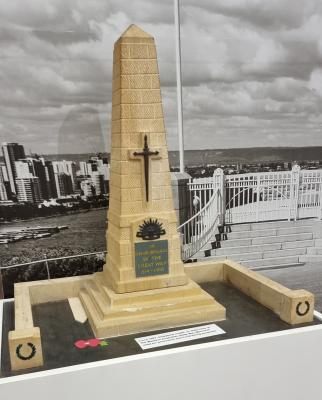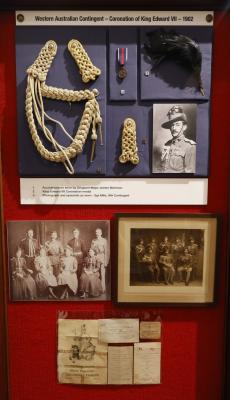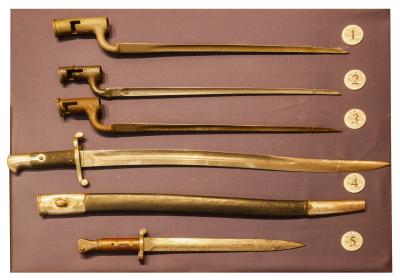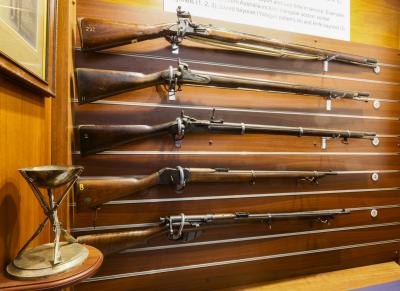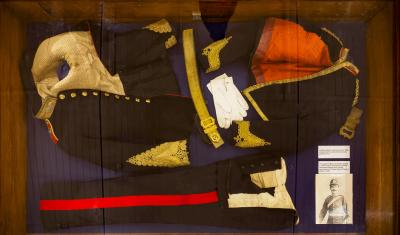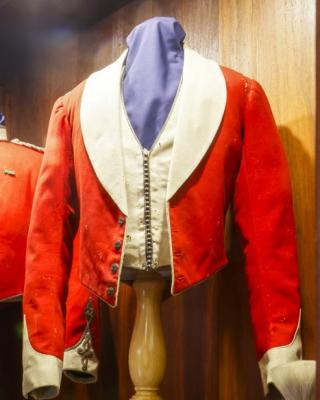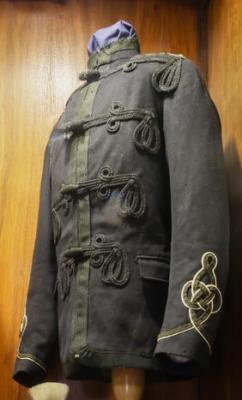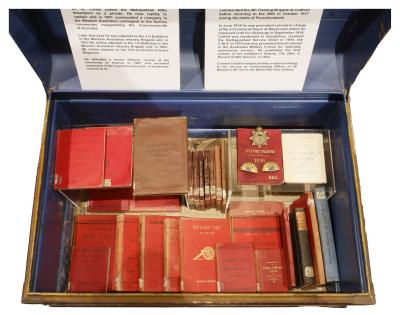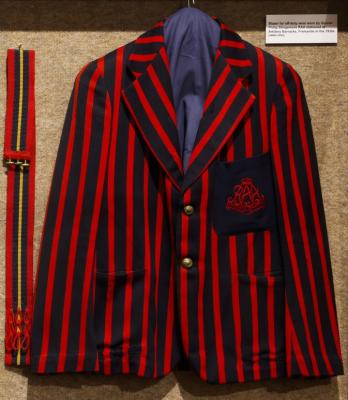Pre 1914, Timpani or Kettle Drum
Timpani or kettledrums (also informally called timps) are musical instruments in the percussion family. A type of drum categorised as a hemispherical drum, they consist of a membrane called a head stretched over a large bowl traditionally made of copper. Thus timpani are an example of kettle drums, also known as vessel drums and semispherical drums, whose body is similar to a section of a sphere whose cut conforms the head.
In military use, the most visible timpani are found on the Drum Horses in British ceremonial use, particularly Trooping the Colour. To date no documentation has been found for the use of Drum Horses in the australian Army.
The Drum Horse breed is named after the type of work that it traditionally performs. This breed carried a rider and set of kettledrums during the Queen of England’s Band of the Life Guard processions. The horses paraded through the street, navigating large crowds. Most impressively, because the rider had to play the drums, the horses were controlled by reins that were attached to a rider’s feet.
The Drum Horse had to be impressively tall and strong to carry the weight of the drums through long processions. Horses also had to be sensible, calm, and good-natured to willingly respect and respond to the non-traditional rein steering used. To achieve this, breeders typically crossed Clydesdale, Gypsy Cob, and Shire breeds. The result is a large, docile, and good-tempered horse that made an impressive appearance during processions.
Details
Details
The Australian Army Museum of western Australia has two timpani of unknown provenance in its collection.
This object is displayed in the music corner of Pre 1914 Gallery at the Australian Army Museum of Western Australia
Australian Army Museum of Western Australia
Australian Army Museum of Western Australia
Other items from Australian Army Museum of Western Australia
- World War 1 - Fundraising Model of State War Memorial, Kings Park, 1929
- Pre 1914, Edward VII Coronation Display, 1902
- Pre 1914, Technology Display, Bayonets 1730 - 1903
- Pre 1914, Technology Display, Long Arms 1730 - 1903
- Per 1914, Chase Family Display, CHASE VC, 28 Bombay Native Infantry and Bengal Staff Corps and 691 CHASE, 2nd WA Mounted Infantry and 16 Battalion AIF
- Pre 1914, Military Tailoring and Gold Lacework Display
- Pre 1914, Mess Dress Jacket, JOSE, Geraldton Rifle Volunteers, 1891
- Pre 1914, Patrol Jacket, JOSE, Geraldton Rifle Volunteers, 1892
- Pre 1914, Officer's Professional Library, COLLETT, 11 Australian Infantry Battalion,1908
- Srtiped Regimental Blazer, WP4650 STINGEMORE, Royal Australian Artillery, 1932
- Pre 1914, .310 Martini Cadet Rifle, 1910
- Mannequin Display - Ottoman Soldier, Palestine, 1917
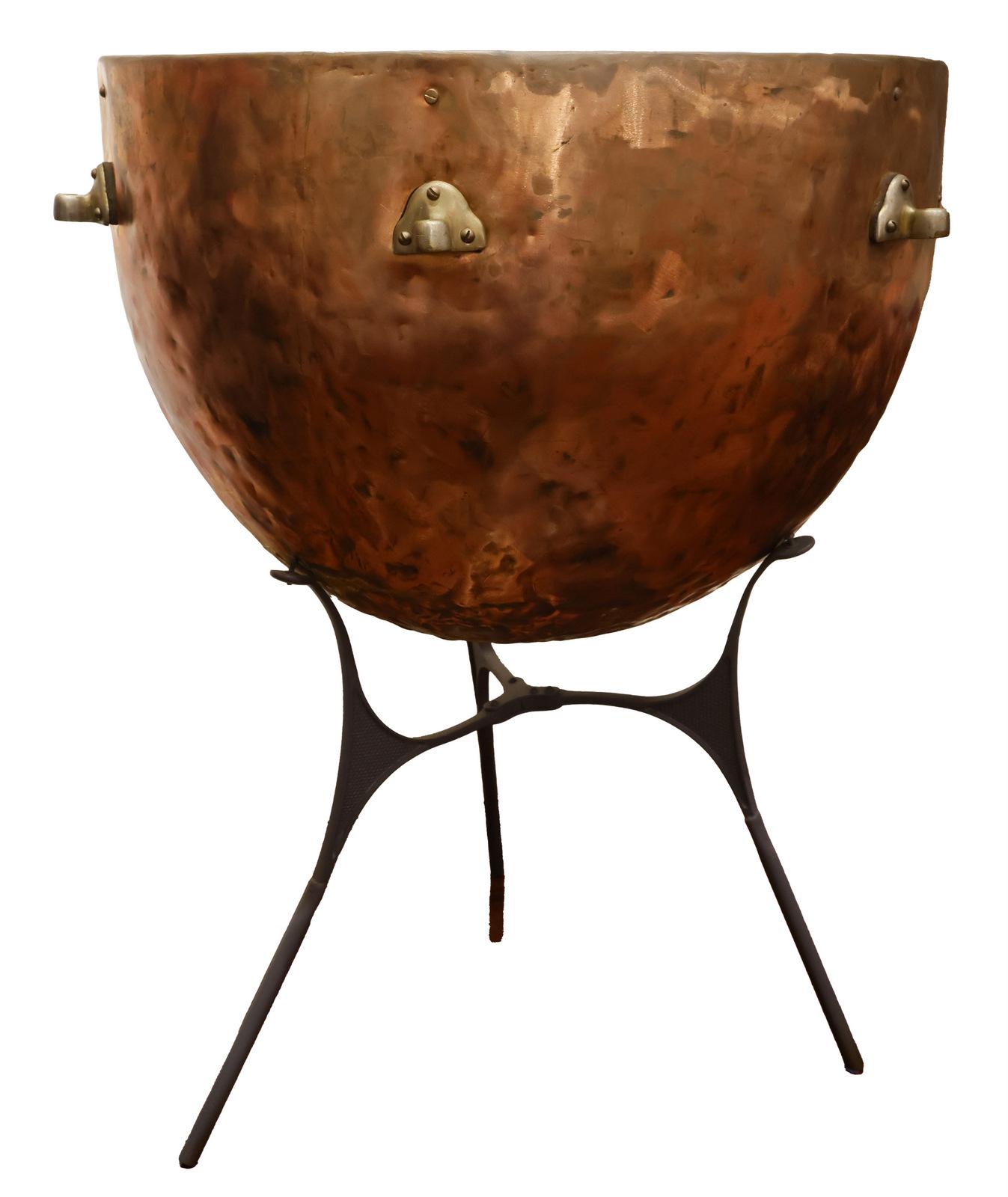
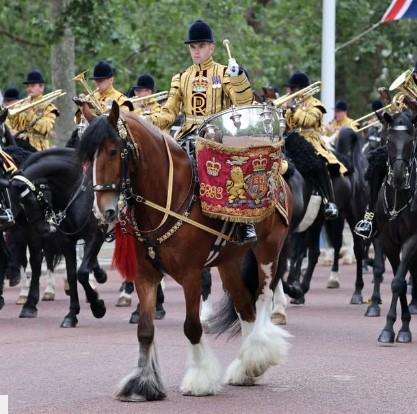
Scan this QR code to open this page on your phone ->

